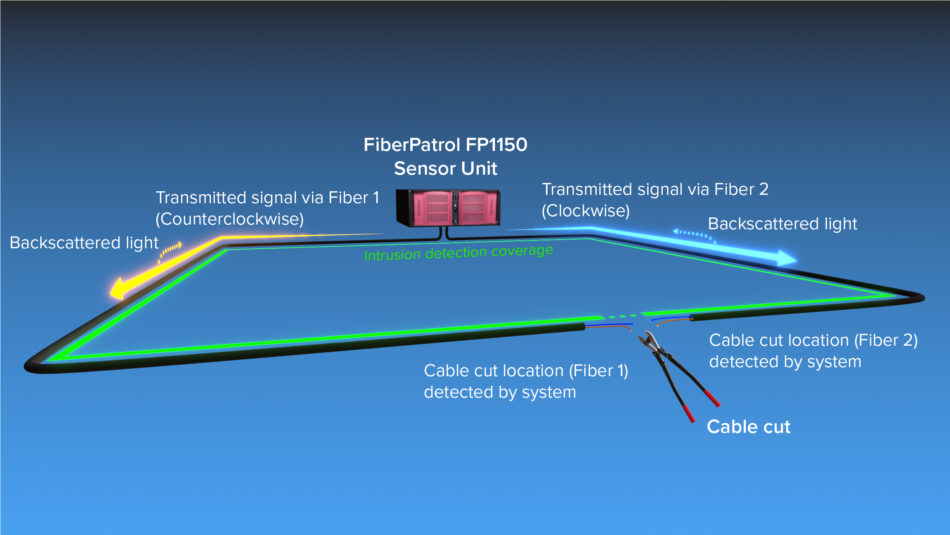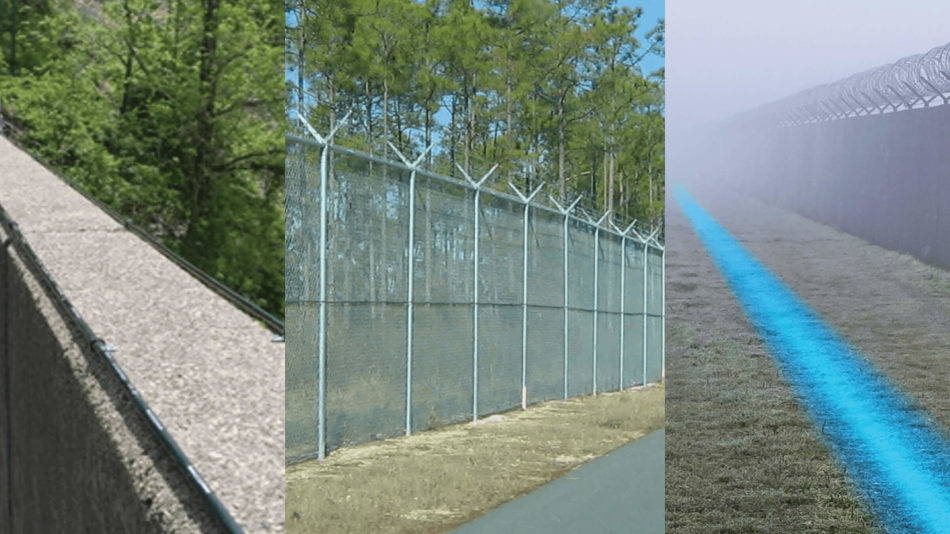Exploring the Benefits of Security Fibers for Cutting-Edge Monitoring and Protection
Why Fiber Optic Safety Solutions Are the Future of Defense
The change to fiber optic protection systems marks a considerable improvement in the realm of security, driven by their remarkable data transmission capabilities and resilience to external interferences. These systems not just assist in faster and more dependable communication yet additionally provide an affordable option with decreased upkeep demands. As the landscape of safety evolves along with arising innovations such as AI and IoT, the capacity for optical fiber to enhance and redefine safety infrastructures ends up being increasingly apparent. The ramifications of these innovations raise vital concerns about the future of safety and security measures and their effectiveness in an ever-changing atmosphere.
Benefits of Fiber Optic Equipments
One of the main benefits of fiber optic systems is their superior bandwidth capability, which helps with the transmission of large quantities of information over cross countries without substantial loss. This characteristic is specifically advantageous for security applications that require the continuous tracking and transfer of high-definition video clip feeds, sensing unit information, and other important details. Fiber optics can accommodate the growing demands of modern protection systems, ensuring that information continues to be intact and reputable.
In addition, fiber optic cables are much less susceptible to electromagnetic interference, which can be a substantial concern in settings with numerous electronic gadgets. This resistance enhances the integrity of the information being sent, thus minimizing the risk of data breaches or system failings. Additionally, fiber optic systems are inherently a lot more safe than conventional copper cords, as taking advantage of a fiber optic line without discovery is exceptionally tough.
The longevity of fiber optic wires likewise contributes to their appeal. They are resistant to ecological factors such as wetness and temperature level variations, decreasing upkeep costs and increasing system durability. In general, these benefits position fiber optic systems as a robust and reliable option for modern protection frameworks, making certain dependable and protected data transmission.
Boosted Information Transmission Speed

The capacity to transfer huge quantities of data rapidly facilitates the smooth assimilation of high-definition video clip feeds and advanced analytics. Security systems can currently refine and analyze information in real-time, improving reaction times and situational awareness. Furthermore, fiber optic connections support longer transmission ranges without destruction of signal quality, making them optimal for expansive security networks.
The increased speed of fiber optic systems not just boosts the performance of security operations yet also minimizes latency. This is particularly essential in critical scenarios where timely decision-making can avoid protection violations or alleviate potential dangers. As companies continue to focus on safety and effectiveness, the demand for rapid and dependable information transmission will unquestionably strengthen fiber optic systems as a foundation of modern-day safety infrastructure.
Resistance to Interference
Fiber optic protection systems continually show remarkable resistance to electro-magnetic disturbance, a vital advantage in environments susceptible to electronic sound. Unlike typical copper cable televisions, which can be adversely impacted by electromagnetic fields, superhigh frequency disturbance, and other forms of electric disruption, fiber optic cable televisions make use of light to send data. This integral residential property ensures that the signals continue to be clear and unchanged, despite bordering digital task.
The use of glass or plastic fibers in fiber optic redirected here technology develops an obstacle versus disturbance, permitting for dependable information transmission even in tough situations such as commercial facilities, urban areas with high digital web traffic, or areas near radio towers. This characteristic considerably minimizes the possibility of signal destruction or loss, making fiber optic systems particularly appropriate for safety applications where integrity and accuracy of information are vital.
Moreover, this resistance to disturbance enhances the general efficiency and dependability of protection systems, ensuring that monitoring and sharp systems work perfectly. In a globe where security is progressively endangered by advanced modern technologies, the resilience of fiber optic systems attracts attention as a pivotal function, strengthening their condition as an important component of modern-day security infrastructure.
Cost-Effectiveness In Time
Significant expense savings can be attained in time with the application of fiber optic safety systems. While the preliminary investment may appear higher compared to standard copper-based systems, the long-term economic advantages become noticeable through reduced operational and maintenance prices (fiber security). Fiber optic cable televisions are inherently extra resilient and much less vulnerable to ecological aspects, which converts to decrease substitute and repair work expenses over their life expectancy
Furthermore, fiber optic systems call for less power to operate, which better reduces power costs. Enhanced information transmission capabilities permit for less repeaters and amplifiers, decreasing tools investment and improving installment processes. The scalability of these systems likewise adds to cost-effectiveness, as organizations can broaden their safety infrastructure without sustaining substantial additional expenditures.
One more aspect to take into consideration is the raised efficiency in surveillance and feedback abilities that optical fiber give. Boosted real-time data transmission can bring about quicker event action times, possibly mitigating losses and responsibilities connected with safety and security violations. Altogether, the long-term advantages of fiber optic protection systems not only validate the first expense but likewise position them as a financially sensible option for organizations looking for robust defense remedies.

Future Technologies in Safety
Advancing modern technologies are readied to reinvent safety systems, incorporating artificial knowledge (AI) and maker learning to enhance risk discovery and reaction capacities. These innovations will certainly enable safety and security systems to examine large amounts of why not find out more information in real-time, Get More Info identifying patterns and anomalies that indicate potential dangers. This proactive approach will certainly allow quicker decision-making and extra reliable event reactions.
Furthermore, the unification of the Internet of Points (IoT) is leading the way for interconnected security devices, supplying detailed security and tracking. Smart sensors can communicate details regarding environmental changes, while automated signals can alert security employees right away of dubious tasks.
In addition, the development of biometric innovations will even more reinforce protection systems. Facial recognition, finger print scanning, and retina identification are becoming much more advanced, offering layers of verification that are difficult to bypass.
Conclusion
In verdict, fiber optic security systems represent a considerable innovation in security technology, providing unequaled data transmission speed, resistance to electro-magnetic disturbance, and long-lasting cost-effectiveness. As the demand for innovative protection solutions remains to expand, the combination of optical fiber with arising modern technologies such as AI, IoT, and biometrics will even more boost security infrastructures (fiber security). The mix of these advancements will ensure a more safe and responsive environment, solidifying optical fiber as a cornerstone of future security systems